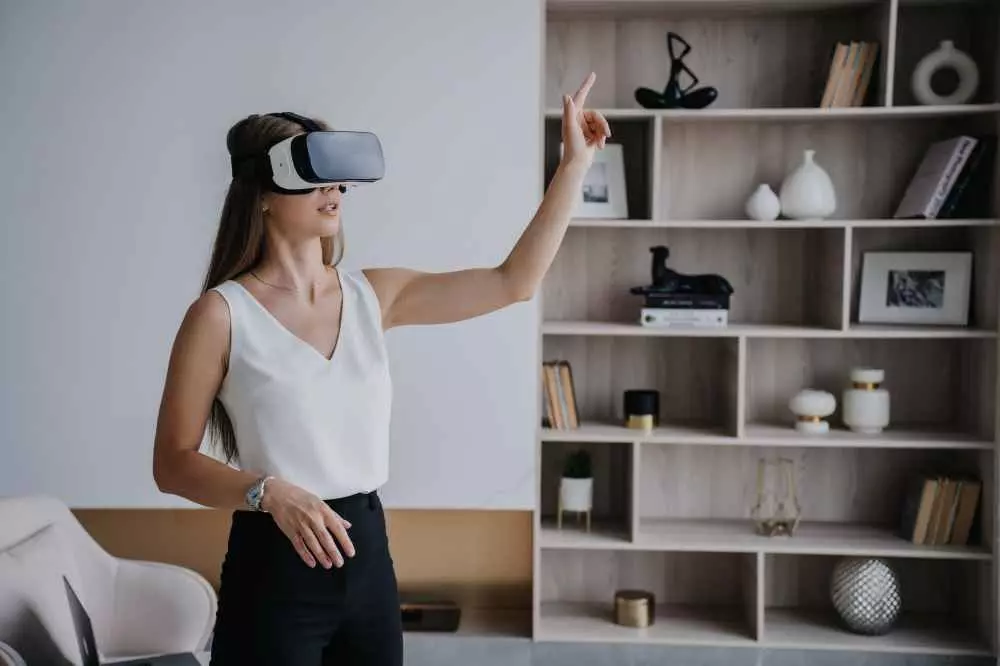Introduction to anatomical models
Nowadays, anatomical models play a key role in medical science and education. They allow students and professionals in various fields, such as medicine and biology, to understand the complex structures of the human body. Thanks to modern technologies, the process of creating these models has become much simpler and more accessible.
Evolution of 3D modeling tools
In the past, the creation of anatomical models relied mainly on traditional sculpting techniques and paper templates. Today, thanks to advances in technology, especially in 3D modeling, scientists and artists have new options. Websites and software, such as Blender or ZBrush, offer advanced tools to precisely shape various anatomical structures.
Computer simulations as an educational tool
Computer simulations represent another step toward innovative education in anatomy. With software such as Visible Body or Anatomy 4D, students and doctors can learn about the anatomy of the human body in an interactive way. Such simulations allow not only to see, but also to understand how different parts of the body interact with each other.
3D printing - the future of anatomical models
One of the breakthroughs in the field of anatomy is 3D printing. These technologies make it possible to create physical models of anatomical structures based on digital designs. This allows doctors and students to prepare for surgery, as well as reinforce learning through hands-on experience. Software, such as Meshmixer, allows for easy editing of models before printing.
Use of anatomical models in medicine
Anatomical models are used not only in education, but also in the daily work of medical professionals. Surgeons can use 3D models to plan complex surgeries, which increases the efficiency and safety of operations. Research results show that the use of anatomical models in preparation for surgery contributes to a reduction in complications.
Interactive mobile apps
Across platforms, interactive mobile apps are becoming increasingly popular. Apps such as 3D4Medical and Anatomy Learning allow users to learn anatomy anywhere, anytime. With these apps, users can interactively explore the anatomy of the human body and learn from their own experiences.
The future of anatomy modeling tools
As technology develops, it is expected that anatomical modeling tools will continue to evolve. The ability to use artificial intelligence in the modeling process could greatly increase the efficiency and accuracy of these tools. Additionally, technologies such as augmented reality (AR) could change the way students and professionals learn about anatomy.
Summary
Today's tools for creating anatomical models have revolutionized the way we learn about the human body. Their diversity, from computer programs to 3D printing, is opening up new possibilities for both education and medicine. As technologies continue to evolve, we can expect even more advanced solutions to help us better understand and use human anatomy.
